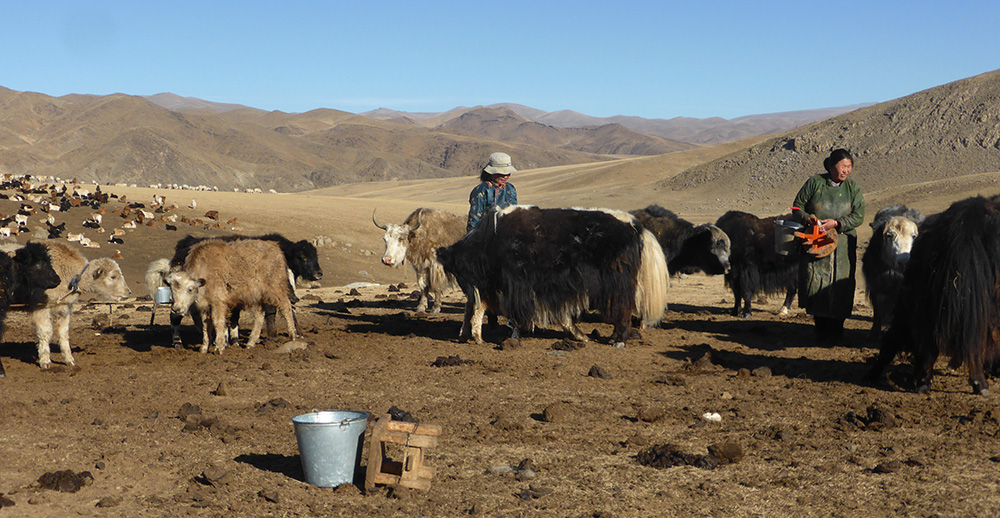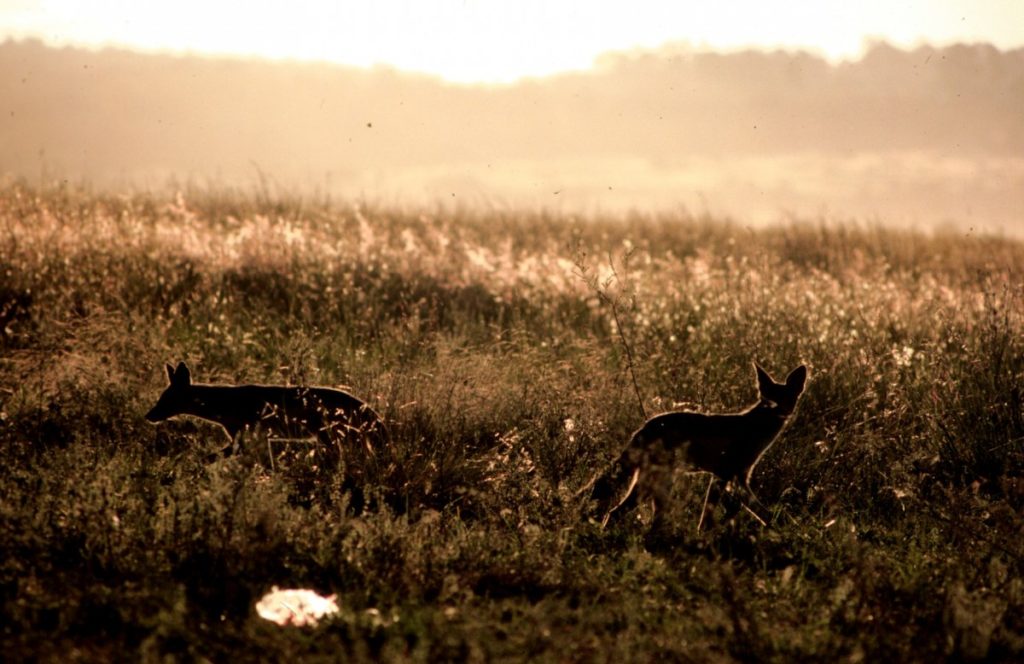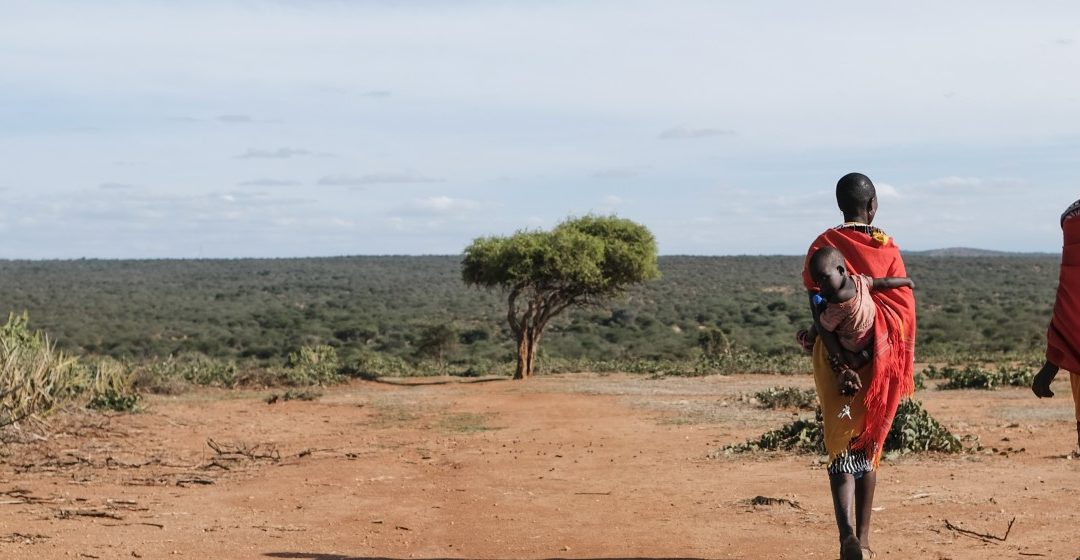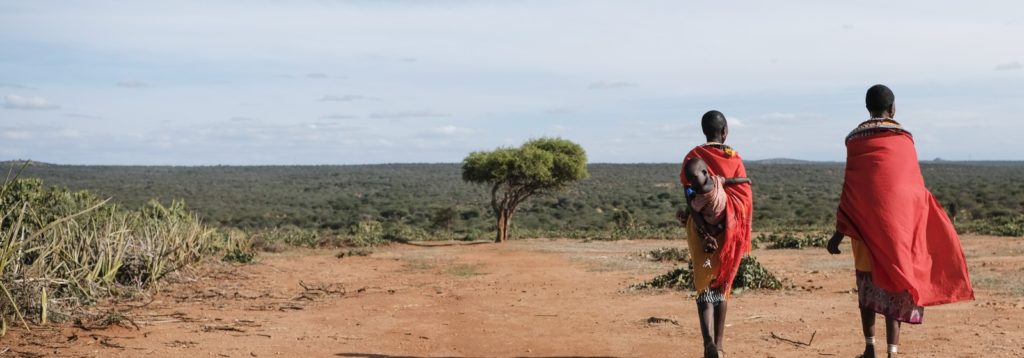Rangelands in the spotlight in CGIAR’s BIG DATA Platform Inspire Challenge
If selected as a winner of the 2020 CGIAR Inspire Challenge, the International Livestock Research Institute and partners will kick-start the development of a data platform, drawing from existing national and global datasets & #earth observation satellites, that will strengthen linkages with national and local rangelands data collection processes.
When it comes to rangelands, there is much that we know but also much we don’t know.
We can tell you with confidence that rangelands are grasslands, deserts, savannas, shrublands, wetlands and woodlands that are grazed by domestic livestock or wild animals. We know that globally, there are anywhere from 200 to 500 million pastoralists – depending on how they are classified – who live on these rangelands. They rely on these vast expanses of land for their livelihoods, together with the millions more people who process, distribute and sell the livestock and other products derived from these areas.
Yet despite this and the obvious clear contribution of rangelands to local and national economies, there are significant data gaps in regard to rangelands. Figures used to describe their global coverage alone range from 18 – 80%, depending on classification parameters and other. The last comprehensive global study undertaken on rangelands was by FAO in the 1960s. Some forty or so years later, we continue to move blindly forward with no current data on rangelands coverage, health, or restoration opportunities. This critical data gap was highlighted in a recent report by UNEP called “Rangelands: A Case of Benign Neglect.”

Photo: ILRI. It is estimated that about three quarters of Mongolia is covered by grasslands, which are home to more than 35 million horses, cattle, sheep, goats, and camels. About half the country’s inhabitants still rely on pastoralism as both an economic activity and a way of life.
There is consensus across rangelands stakeholders that big data is critical if rangelands are to be protected, managed well, and their use optimised. At the country level, such as in Kyrgyzstan, big data “is crucial for raising awareness on rangelands health, change, risks and opportunities, improving lives of more than half the country’s people” says Elvira Maratova, Program Officer, Kyrgyz Jality National Pasture Users Association.
Similar sentiments can be found in Africa too, as Loupa Pius, a pastoralist from the Karamoja area and coordinator of the East African WhatsApp and Twitter group World Pastoralist Forum says: “We need big data on rangelands to tackle the fast diminishing size of rangelands lost to other land uses.”
Next steps for data on rangelands
To fill these data gaps, ILRI and CGIAR and development partners have developed plans to establish a global data platform on rangelands. Working with GMV (a private technology company), the CGIAR centers (ILRI, ICARDA and ICRAF) will establish a data platform that will draw from different sources (existing national and global data sets on rangelands, earth observation satellites, national level government data and others) and produce data for different users, including the development partners involved in the design.
If successfully selected in BIG DATA’s 2020 Inspire Challenge, ILRI and partners will kick-start the development of this data platform. Once off the ground, it is anticipated that the data platform will attract contributions from other donors to expand the platform and, for example, strengthen linkages with national and local data collection processes. With the anticipated approval of the Government of Mongolia’s request to the UN for a designated International Year of Rangelands and Pastoralists in 2026, getting big data together and understood, monitoring systems in place and restoration priorities identified is even more urgent.

Photo: D. Elsworth / ILRI. Rangelands depend on grazing activity by livestock and wildlife. They also provide watershed services that sustain surrounding communities and the incredible biodiversity that live in these spaces.
Development actors weigh in
Development actors have also highlighted the importance of rangelands data. For Antonio Rota, IFAD’s Livestock Technical Adviser, big data is needed “to help guide IFAD’s significant investments in rangelands whilst providing an opportunity for strengthening our commitment to building the resilience of pastoralists.”
Martina Fleckenstein, Global Policy Manager Food for the World Wildlife Fund (WWF) International highlights data’s important contribution to “help identify hotspots for protection, management and restoration of rangelands to be integrated into decisions for the 2020 Biodiversity Framework and the UN Decade of Ecosystem Restoration;” and as Paola Agostini, Lead Natural Resource Specialist, World Bank, states:
“…we (the WB) are an evidence-based organisation but when it comes to rangelands some of the basic statistics are missing. When I am asked what should we invest in for sustainable rangeland management, I say three things: Data, Data, Data!”
If you are attending the Big Data Platform conference, please give us your support! A vote for rangelands is a vote for millions of pastoralists and agro-pastoralists worldwide, the biodiversity that regenerates the land and the economies that depend on them.
Learn more: A 5-minute starter on rangelands and why they matter
For more information contact: Fiona Flintan, Senior Scientist, ILRI Email: f.flintan@cgiar.org
Feature photo: K. Dhanji / ILRI. Samburu pastoralist women in northeastern Kenya. Anywhere from 200-500 million pastoralists across the world depend on rangelands to sustain their livelihoods.
October 21, 2020
Fiona Flintan
Rangelands Governance Scientist and Technical Coordinator
International Land Coalition's Rangelands Initiative
Latest news







True, lack of data or information does not mean absence of the issue